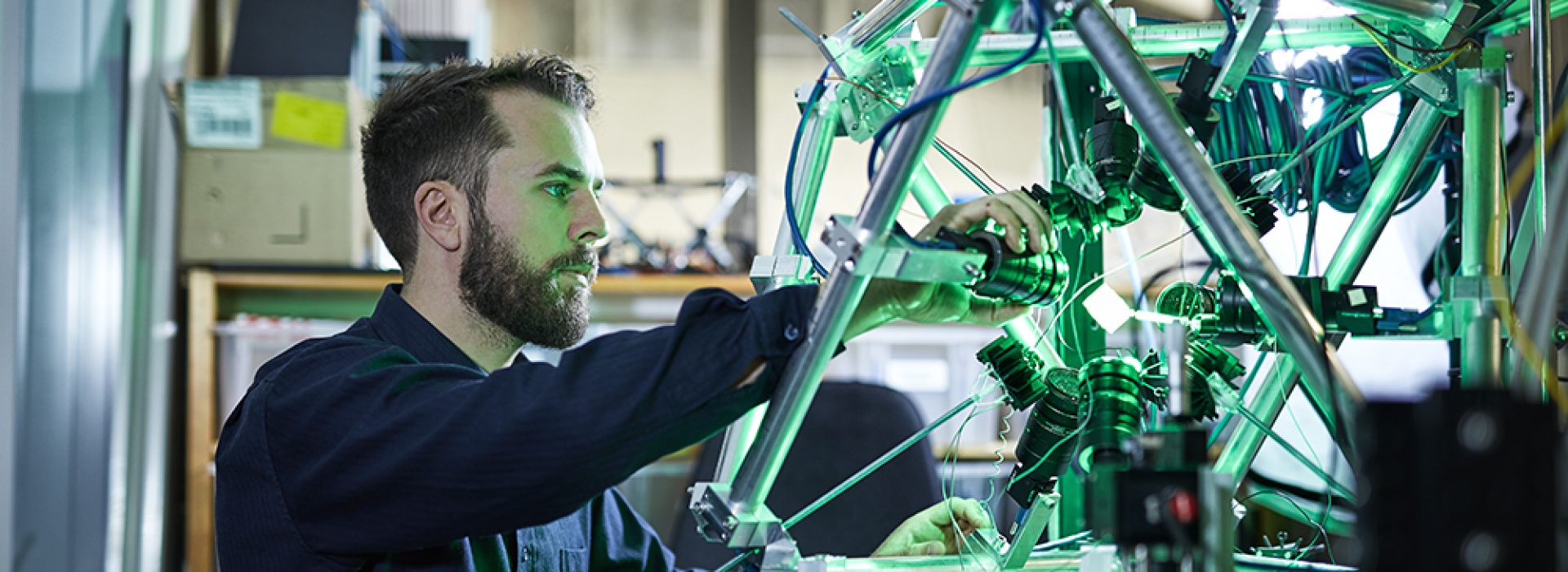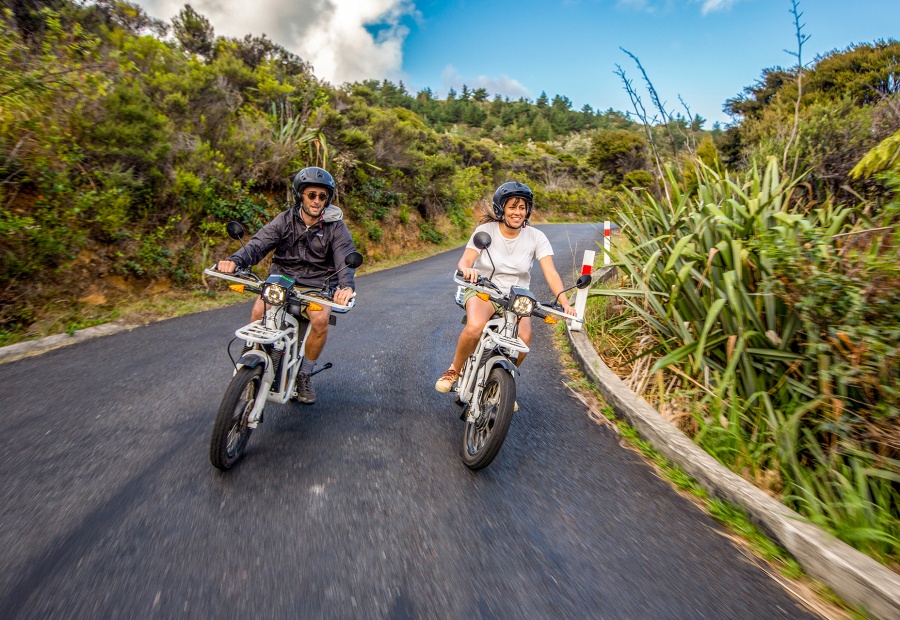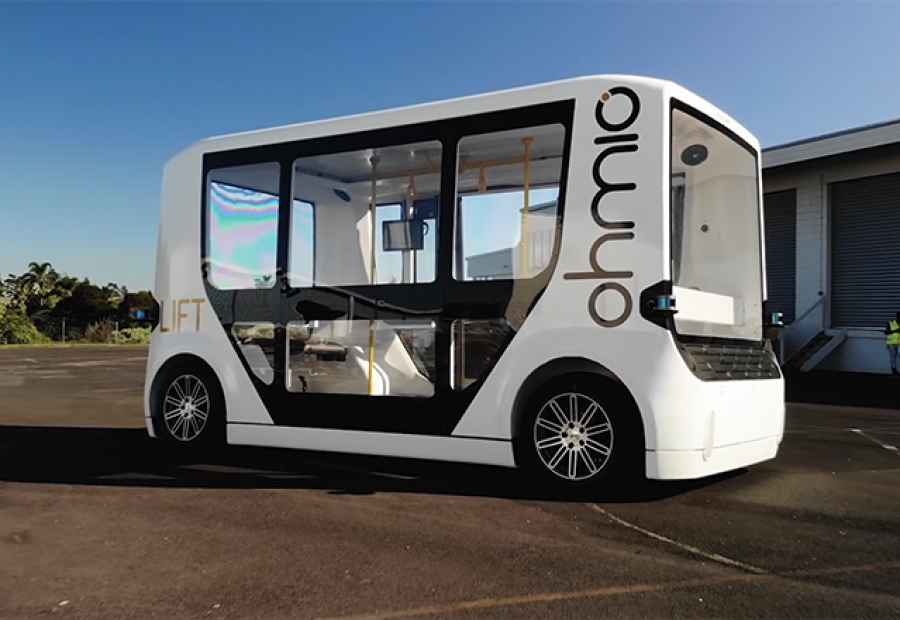From herding sheep to picking kiwifruit, Kiwis are teaching robots how to perform a variety of time-consuming tasks. These quirky yet problem-solving Kiwi innovations can help reduce cost and workloads, increase efficiency and reliability, and fill the resource gaps of labour shortages in some countries. Some of them also happen to be world-firsts. Here are some of the ‘new tricks’ New Zealanders have taught robotics to do.
-
- See Spot herd sheep
Have you ever seen a robotic dog herd sheep? It’s happening in New Zealand thanks to a partnership between world-leading robotics company Boston Dynamics, a Kiwi software company called Rocos, and a robotic dog called Spot. Rocos has developed a Robot Operations Platform which enables Spot to now be remotely controlled from anywhere in the world. Organisations are using this technology to plan and schedule missions, remotely operate their robots to explore uncharted territory, capture 3D visualisations and a whole lot more than a sheep dog can manage. These innovations will help accelerate the adoption of autonomous robotics in farming and many other industries.
- The safe way to measure logs
Robotics Plus designed and built the world’s first robotic log scaling machines (RSM) through a collaborative process with ISO Ltd. An array of cameras creates a three-dimensional representation of a load of logs on a truck to calculate an accurate dimension of the load. The job of measuring logs had previously been a time-consuming manual task that was also quite risky. Now the robotic scanner can do the job in a few minutes, and importantly, eliminate exposure to any hazards. The workers now process the data in a safer environment, and the whole process is more accurate, faster, and more cost effective for the forestry industry.
- The bandsaw with eyes on its operator
KanDO innovation’s Guardian Bandsaw takes workplace safety to a whole new level. Used in the meat processing industry, an array of cameras keeps an eye on its operator’s hands, by detecting the operator’s coloured gloves within the safety zone. If they get too close to the blade, the custom-built braking system will bring the blade to a complete stop within milliseconds. The management software feature also provides a comprehensive view of the bandsaw operation and performance, ensuring a better health & safety management and peace of mind.
- Teaching robots to clean fishing nets
BossAqua™ have created the world’s first fully automated net cleaning robot for use in aquaculture. New Zealand salmon farmers are using the equipment to clean their farms in the Marlborough Sounds and Southland, and the invention is attracting world-wide attention with units now operating in North America, Scotland and the Mediterranean.
- Drones that fish
Getting a longline out just got easier thanks to Aerokontiki who have developed the world’s first autopilot fishing drone. It combines highly technical software and the latest durable Hi-Tech drone engineering to take a long-line out to sea. It can carry weight of 7kg, handle 40km/h winds, and can haul a longline out to 1200 metres.
- Kiwifruit-picking robots
As the name suggests, Kiwifruit picker is a robotic kiwifruit picking machine. The system is trained to detect what a kiwifruit is using an array of cameras and a series of learning algorithms to map the canopy above in three dimensions. Ripe fruit is identified, and delicately plucked by robotic arms, and the unmanned ground vehicles can navigate their way precisely through orchards and fields. This development is a collaboration among Robotics Plus, University of Waikato, University of Auckland, Plant & Food Research and MBIE. The automation will not just help to ease labour shortages in farming but can keep workforces safe by allowing them to social distance more effectively. And with fewer people touching the produce, it should be more hygienic too.
Looking for somewhere that can teach robots incredible things? We know a place.






